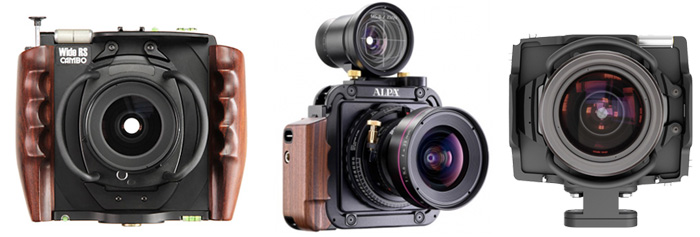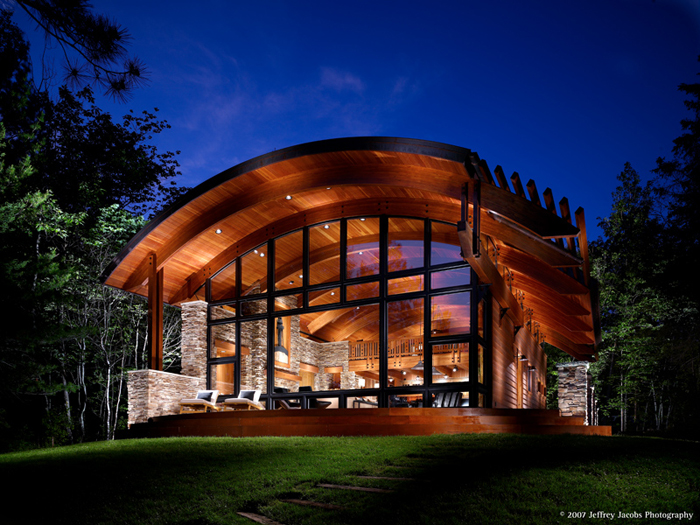
A Phase One Digital Back is a powerful tool in any situation. But if your focus is architecture, landscape, or interiors, then no solution offers the flexibility, power, and uncompromising quality that a Wide-Angle Technical Camera such as a Cambo Wide RS or ALPA STC. These purpose-built bodies excel at capturing wide and ultra-wide angle images without any compromise in quality while offering technical movements such as rise, fall, and shift.
Read more below to understand how Technical Camera System’s can help obtain precise and sharp images or select a brand from the left to explore the product lines.

Perspective Control Built Into the Body
Instead of relying on a tilt-shift lens, many tech cameras incorporate rise/fall/shift into the body itself. This means all of the compatible lenses can be used as shift lenses. Why limit yourself to one focal length shift lens when you can shift with a 24mm, 28mm, 35mm, 47mm, and 72mm? Other bodies such as the Cambo Wide RS incorporate just rise/fall/shift into the body, available to use with any lens, and offer tilt-swing in the lens mount, available with many (but not all) lenses.
High Dynamic Range
When you need to push extra detail from the shadows or pull in detail from highlights nothing compares to using a Phase One Digital Back and Capture One 7.0. The specifically engineered software couple with the large sensor and top quality components raises the bar of single-shot dynamic range.
Repurpose Crops of a Wider Image
1/5th of a P45+ file will produce an 8.5″x11″ at 300dpi. Notice a nice detail in an image only after you’re done shooting? A Phase One back will let you crop in and still come out with a gorgeous high resolution file.
Long Exposures
The longest exposure limit of a Phase One Digital Back is measured in hours. Star trails? Nightscapes? Day long artic-sun exposures? Release the creative ideas you thought were impossible.
Fine Detail Rendition
Phase One Back doesn’t use an Anti-Aliasing filter in front of the sensor, which means sharper images prior to software sharpening. A technical explanation of AA filters can be found here and here, but in simple terms AA filters blur the image; a compromise made for general-purpose cameras. If you’ve never shot a medium format back you’ll be blown away by how sharp the image is at 100% even without software sharpening.
Stitching = Mammoth Print Size
By stitching two slightly overlapping P65+ images, you could obtain a 110 megapixel image that can be printed 70″x36″ at 200 dpi. Best yet, every one of those 110,000,000 pixels will have the incredible color, dynamic range, and subtle detail that only a medium format digital back can provide. That’s a 14-foot-wide print that looks as clean up close as it does from far away.
Lens Quality
Wide angle lenses designed for a system with a viewfinder mirror requires an optical compromise known as retrofocus design. The flat body of a tech camera eliminates this compromise allowing lens designers to produce higher quality lenses at wider focal lengths. The result can be found in lenses such as the tremendously sharp, low-distortion, ultra-low chromatic aberration 24mm Schneider Digitar XL lens which is the equivalent of 17mm lens on a full frame dSLR. The Schneider and Rodenstock lenses available for tech cameras offer the very best wide-angle quality of any camera platform.
Angle Sensor
An angle sensor is built into every Phase One Digital Back. When shooting tethered, Live Focus shows a real time read-out of the back’s angle to the nearest tenth of a degree. That means every shot you take can be perfectly level. No post production rotation means less work for you, and higher image detail and sharpness.